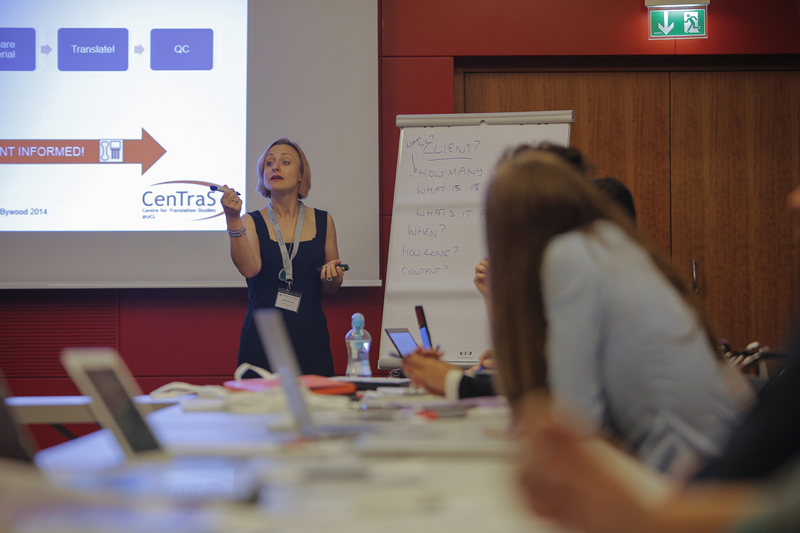 The 10th Languages & The Media Conference took place on November 5–7 in Berlin. Definitely, it was one of the most intriguing language industry events. Every year it brings a lot of fresh and mind-twisting ideas to the audience.
The 10th Languages & The Media Conference took place on November 5–7 in Berlin. Definitely, it was one of the most intriguing language industry events. Every year it brings a lot of fresh and mind-twisting ideas to the audience.
This year was no exception. Promova had an agent at that conference, and now we want to share the most interesting trends covered by the speakers.
 The main theme of the conference was audiovisual translation. Logically, everything related with these two notions was on agenda. Here is just a short list of the issues covered:
The main theme of the conference was audiovisual translation. Logically, everything related with these two notions was on agenda. Here is just a short list of the issues covered:
 – dubbing
– dubbing
– sign language interpreting
– audio description
– translation technologies, etc
The technical progress strikes its roots into the translation process ever deeper. Definitely, machine translation was paid a great deal of attention at Languages & The Media 2014, but it was not the only subject. The translation to cloud, big data, workflow automation and voice synthesis are just a few examples of technology-related matters discussed at the event.
To give you a clearer image of how the translation industry advances forward, we have compiled a set of 15 Languages & The Media highlights:
– Technology allows high-precision (up to 85%) automatic voice recognition.
– The popularity of crowdsourcing for subtitles translation goes up.
– Voice recognition is already used for university lectures and specialized broadcasts.
– The main cloud translation concern – data confidentiality – can be resolved through using watermarks or low-res videos.
– There is still no tool unifying all functions needed for video translation.
– A model for machine translation evaluation (MQM) was presented by Aljoscha Burchardt.
– MT faces unexpected challenges as post-editors spend significant time on proofreading, which restricts higher productivity.
– “Fansubbing” is on peak in post-Soviet countries.
– Some universities already established courses for dubbing, subtitles translation and audio description.
– Plans are developed by eBay to use machine translation to cover more regions.
– Subtitles are another type of content we consume in huge volumes: ne subtitled film a day equals 50 novels/year.
– Although subtitles (Closed Captions) are obligatory in some countries, they are used not only by the audience with disabilities – a lot of viewers utilize them to improve content understanding.
– China is experiencing a game boom, so in several years Chinese developers can enter the global market, which means a lot more translations.
– Crowdsourced subtitle translations also require funds: the projects need management, even though translators sometimes are committed to work for the fun of it.
To sum it all up, the TV channels go online, subscriptions included, so this area, along with big data, is probably the new Translation Klondike.




